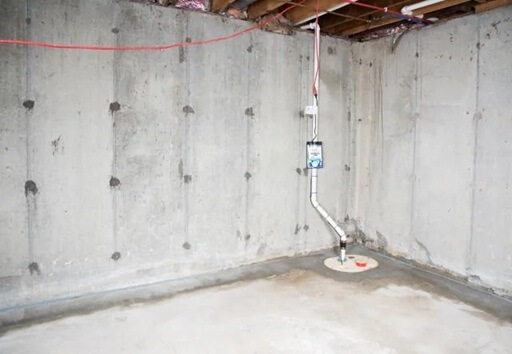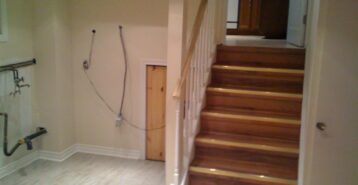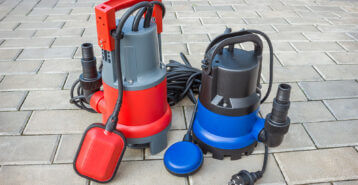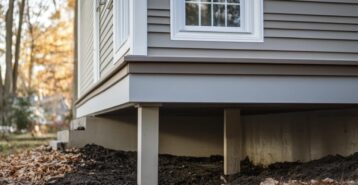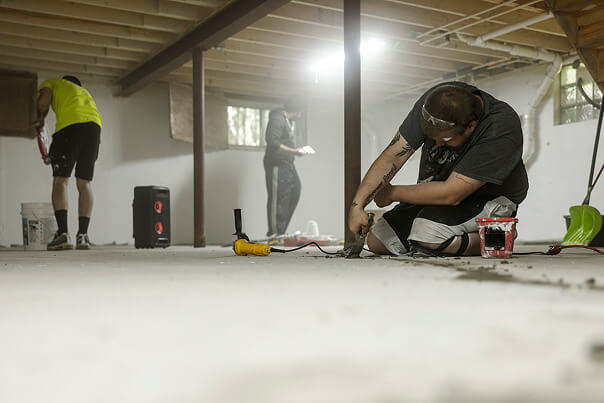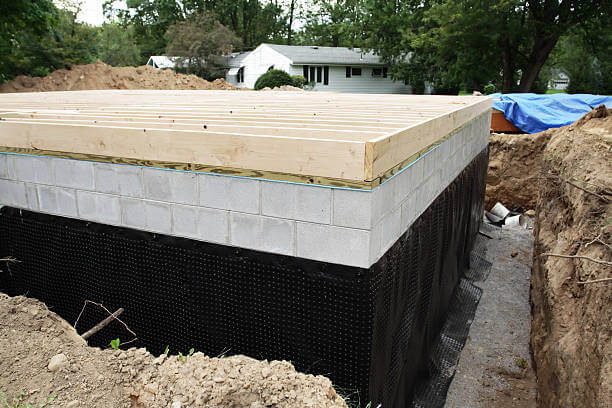Comprehensive Guide to Basement Waterproofing Methods
Basement waterproofing protects your home from leaks, mold, and foundation damage. Moisture problems often stem from poor drainage, cracks in the foundation, or high groundwater. Fortunately, there are several waterproofing methods — from affordable interior sealants to long-lasting exterior systems.
This guide explains the main approaches, their pros and cons, and how to choose the best solution for your home.
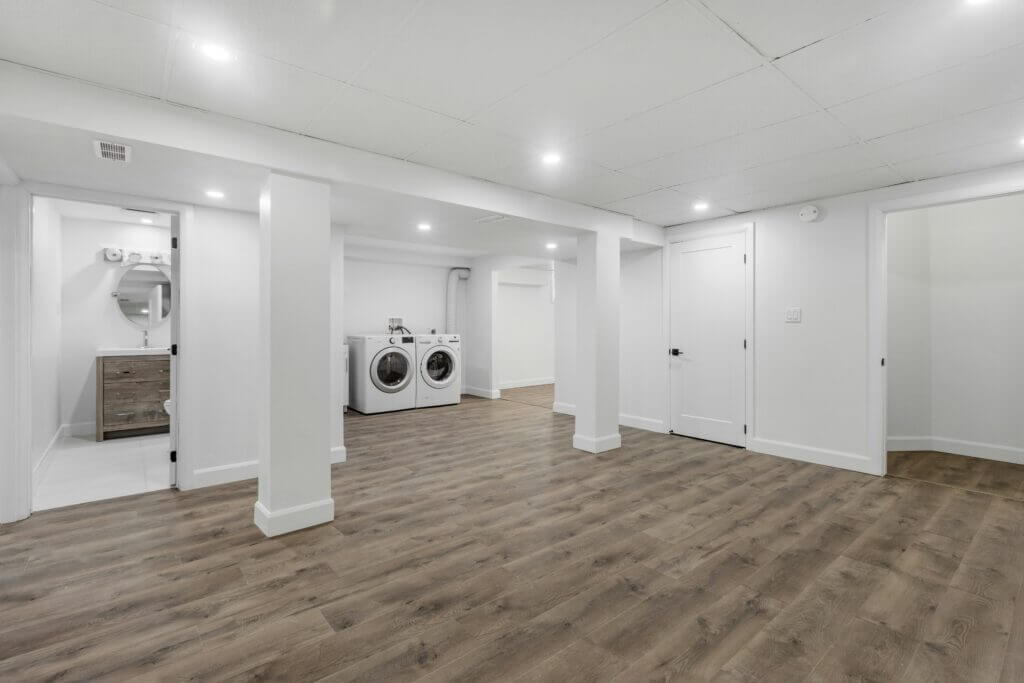
What Are the Main Basement Waterproofing Methods?
A dry basement protects your home’s foundation and improves indoor air quality. Moisture can lead to mold, wood rot, and structural issues if left untreated. Basement water problems usually come from poor drainage, cracks in the foundation, or high groundwater levels. Addressing these issues early can save thousands in future repairs.
Basement waterproofing generally works in three main ways. Each approach has its own strengths, costs, and best-use cases. In many situations, homeowners combine methods for the most reliable protection.
- Interior waterproofing: Manages water that has already entered the basement.
- Exterior waterproofing: Prevents water from seeping through basement walls from the outside.
- Drainage systems: Redirect water away from the foundation before it causes problems.
How Does Interior Basement Waterproofing Work?
Interior basement waterproofing manages water after it enters the basement. While it won’t stop moisture from reaching your foundation walls, it can reduce leaks, limit mold growth, and improve air quality. Interior methods are less disruptive and more affordable than exterior systems, making them a popular choice for minor leaks or dampness.
Sealants and Epoxy Injections for Basement Waterproofing
Sealants are applied to basement walls and floors to create a moisture-resistant coating, while epoxy injections fill cracks in concrete to block water entry. These are best for small leaks or surface moisture.
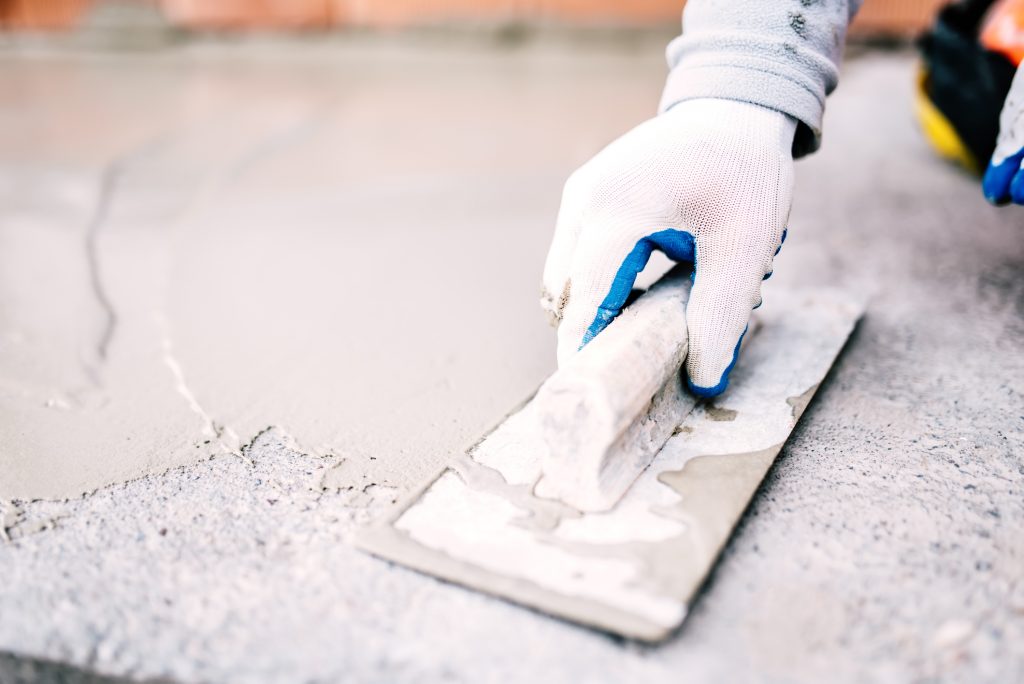
Pros:
- Cost-effective and quick to apply
- Provides immediate results for small leaks
Cons:
- Requires clean, dry surfaces for proper application
- Temporary fix that may not address root water intrusion
Interior Drainage Systems (French Drains & Sump Pumps)
Interior drainage systems capture water inside the basement and redirect it away before it can pool. These systems are often paired with sump pumps to actively remove water.
- French drains: Trenches with gravel and perforated pipes that guide water to a drainage point.
- Sump pumps: Pumps that actively remove water from the basement (often require backup power).
Pros:
- Prevents standing water and reduces flooding risk
- Installation is less disruptive than exterior excavation
Cons:
- Requires maintenance, especially sump pump checks
- Dependent on electricity unless a backup system is installed
How Does Exterior Basement Waterproofing Work?
Exterior waterproofing prevents water from reaching the basement walls in the first place. These methods are among the most effective and long-lasting, but they often require excavation, which makes them more expensive and disruptive.
Exterior Membrane Application
This method involves excavating soil around your foundation and coating the outside walls with a waterproof membrane to block water intrusion.
Process:
- Excavation: Soil is dug away from the foundation to expose walls.
- Cleaning: Surfaces are prepared by removing dirt and debris.
- Application: A waterproof membrane or coating is applied to the walls.
- Backfilling: Soil is replaced once the coating cures.
Pros:
- Comprehensive protection that keeps water off the foundation
- Durable, long-lasting results
Cons:
- High upfront cost for labor and materials
- Excavation can disrupt landscaping and nearby structures
Exterior Drainage Systems
Exterior drainage systems divert water away from the foundation before it causes damage. They often complement exterior membranes for maximum effectiveness.
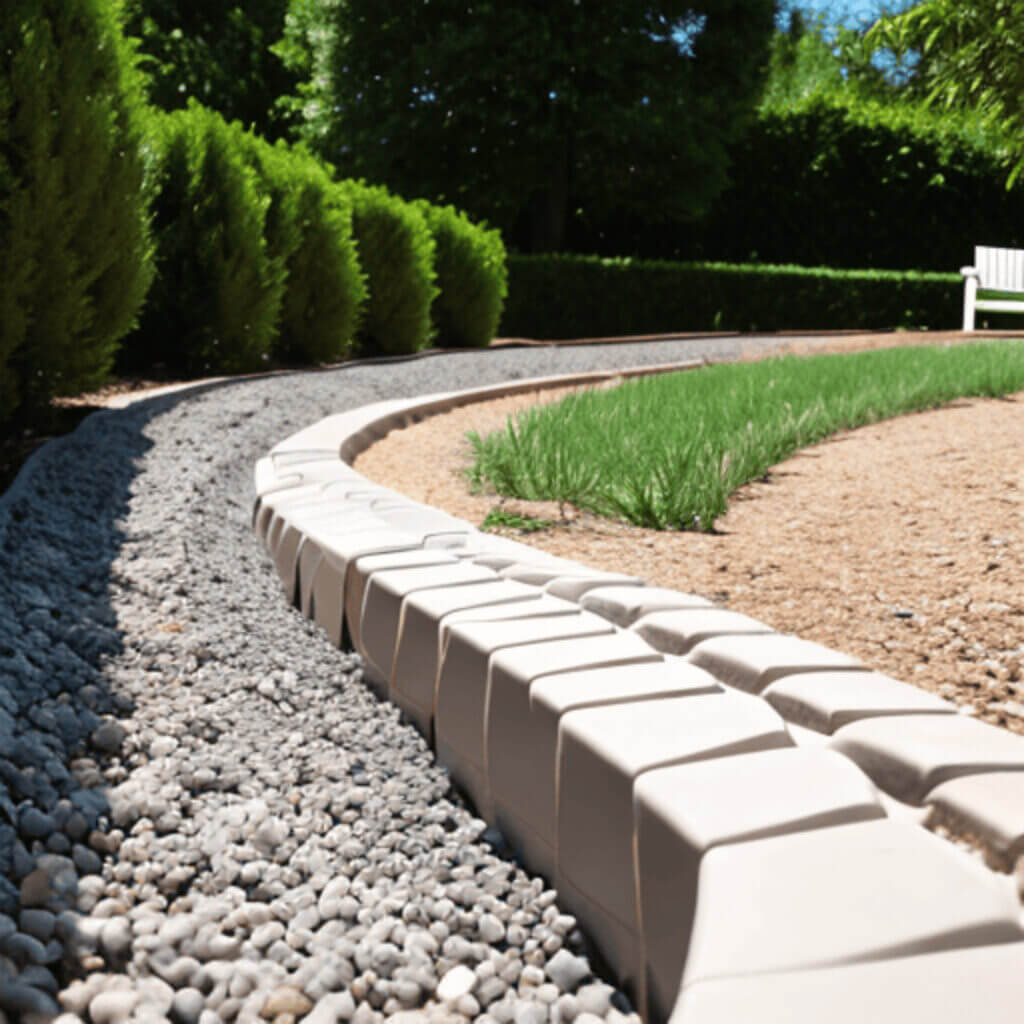
Components:
- Footing drains: Pipes installed at the base of foundation walls to collect and redirect water.
- Lawn grading/yard leveling: Reshaping soil to slope water away from the home.
Pros:
- Reduces hydrostatic pressure against foundation walls
- Helps protect long-term structural integrity
Cons:
- Installation is complex and requires careful planning
- Drains can clog over time and need maintenance
Which Basement Waterproofing Method Is Best?
The best waterproofing method depends on the water source, soil conditions, foundation type, and budget. Here’s a quick breakdown:
- Minor cracks or leaks: Interior sealants or epoxy injections can provide a quick fix.
- Persistent dampness or mold: Interior drainage systems, paired with a dehumidifier, are more effective.
- Frequent flooding or high groundwater: Exterior waterproofing, such as membranes or footing drains, offers the most reliable long-term protection.
In many cases, combining methods gives the strongest defense. For example, a sump pump inside the basement can work alongside an exterior membrane to keep your space dry year-round.
Why Hire a Basement Waterproofing Professional?
Some waterproofing steps — like applying sealant or cleaning gutters — can be DIY-friendly. But larger projects, especially those involving drainage or excavation, are best left to professionals.
Benefits of hiring a pro:
- Accurate diagnosis of the moisture problem
- Access to stronger materials and specialized equipment
- Warranties for long-term peace of mind
- Expert installation that avoids costly mistakes
Whether you’re dealing with occasional dampness or major flooding, a qualified contractor can recommend the right solution, ensure proper installation, and help protect your home for years to come.
Compare top-rated foundations pros in your area.
Read real homeowner reviews, explore qualifications, and view promotions. Modernize makes it easy to browse professionals and find one that will be perfect for your project.
